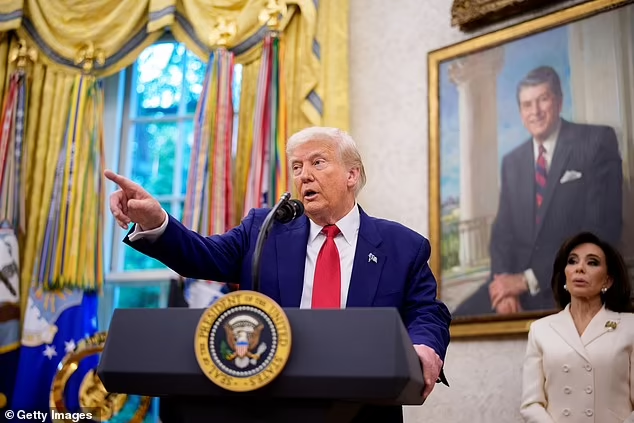The Trump administration has unveiled plans to provide every child born during the second term of a possible financial head start. It’s an investment account of $1,000, known as”Trump account. “Trump account. “
The original name was “MAGA” savings accounts (for “Money Account for Growth and Advancement”) The initiative was changed in an amendment made by House Republicans to honor the president Donald Trump.
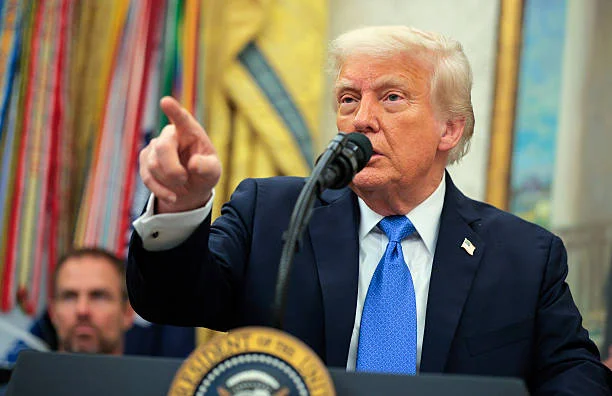
Who is eligible for the “Trump Account”? It’s a bit complicated, Forbes details that this is all children that were born in the U.S. between January 1 2025 and the 1st of January 2029 provided that they and the parents of their children have Social Security numbers. It is estimated that the U.S. Treasury would establish and fund each account with the sum of $1,000.
Automated enrollment is thought to be an essential element, particularly for those with lower incomes who would not otherwise invest in investment automobiles. “There’s a huge awareness gap,” stated Madeline Brown of the Urban Institute. “Automatic enrollment helps ensure those who need it most actually benefit.”
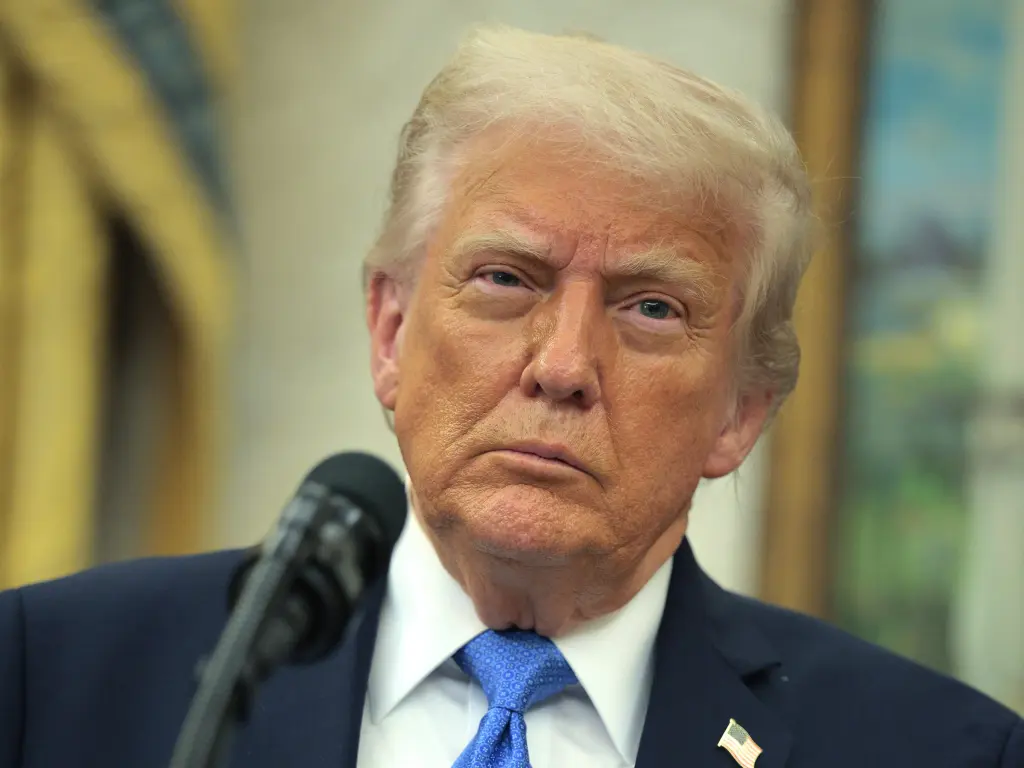
The accounts will function similarly like traditional accounts for investment operated by investment firms or banks. Alongside the federal government’s contribution of $1,000 families and supporters from outside could contribute up to $5,000 a year per child.
Sam Taube, an analyst at Nerdwallet The idea was compared to programs offered by states like the Colorado’s First Step, which offers infants $100 towards the college fund and also matches $500 per year for the initial five years. However, he pointed out that the Trump plan provides a greater starting amount, even though the overall growth could be minimal without additional contributions.
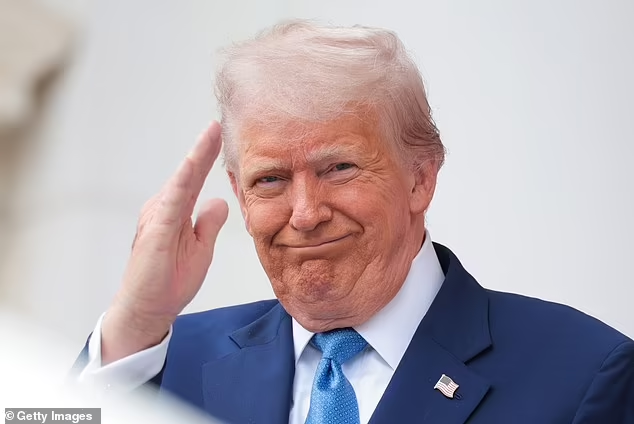
The withdrawals would be limited to approved expenses, such as:
- Education costs
- Down payment on homes
- Small business start-ups
The money used for any other purpose would cause income taxation and possibly a 10 percent penalty.
The limitations, according to critics, could make the program less effective. Brown stressed that the money accumulated might not match the intended goals: “A single $1,000 deposit, even with investment growth, won’t amount to a house down payment unless more support is added from families or public sources.”
When can beneficiaries gain access to the funds?
- At the age of 18, The account is half full. is available to be used for permitted purposes and taxed at long-term capital gain rates.
- Between the ages of 25 to 30 – Between 25 and 30: remaining amount would be made accessible for expenses that are qualified.
- After the age of thirty: The funds can be withdrawn for any purpose, but with an appropriate tax treat.
Brown expressed concerns about the way the program handles withdrawals, particularly for families who are in financial trouble. “Low-income households are more likely to need emergency funds, and more likely to face tax penalties for unapproved use,” she stated according to CBS News.
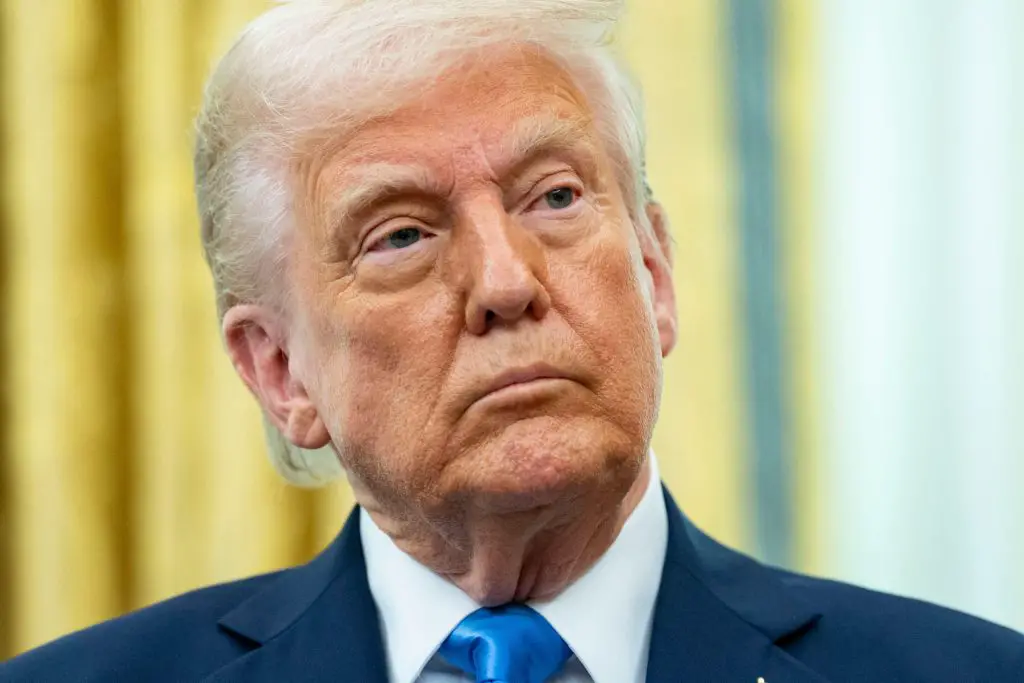
She suggested considering a few exceptions for emergencies to cut penalties on those who are least able to pay for them.
Despite being advertised as tax-advantaged, these accounts might not yield substantial savings on taxes, according to The Guardian. “They resemble taxable brokerage accounts more than true tax-sheltered options,” Taube explained.
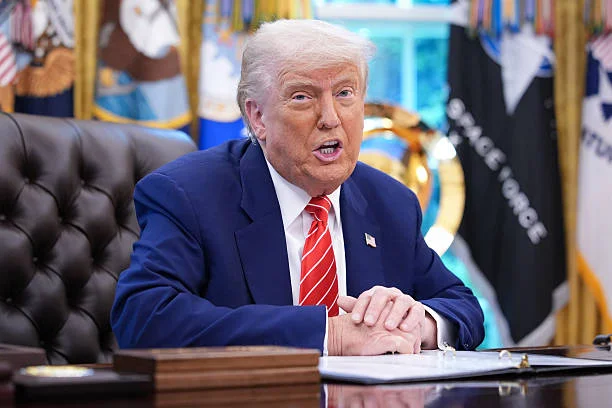
Yet and each Brown and Taube believe that the idea could be beneficial in the long run especially in a society where a lot of parents struggle for money to pay off the future of their kids’ future.
“G iven the current state of savings in the U.S., these accounts could offer at least a small step in the right direction, ” Taube said.
